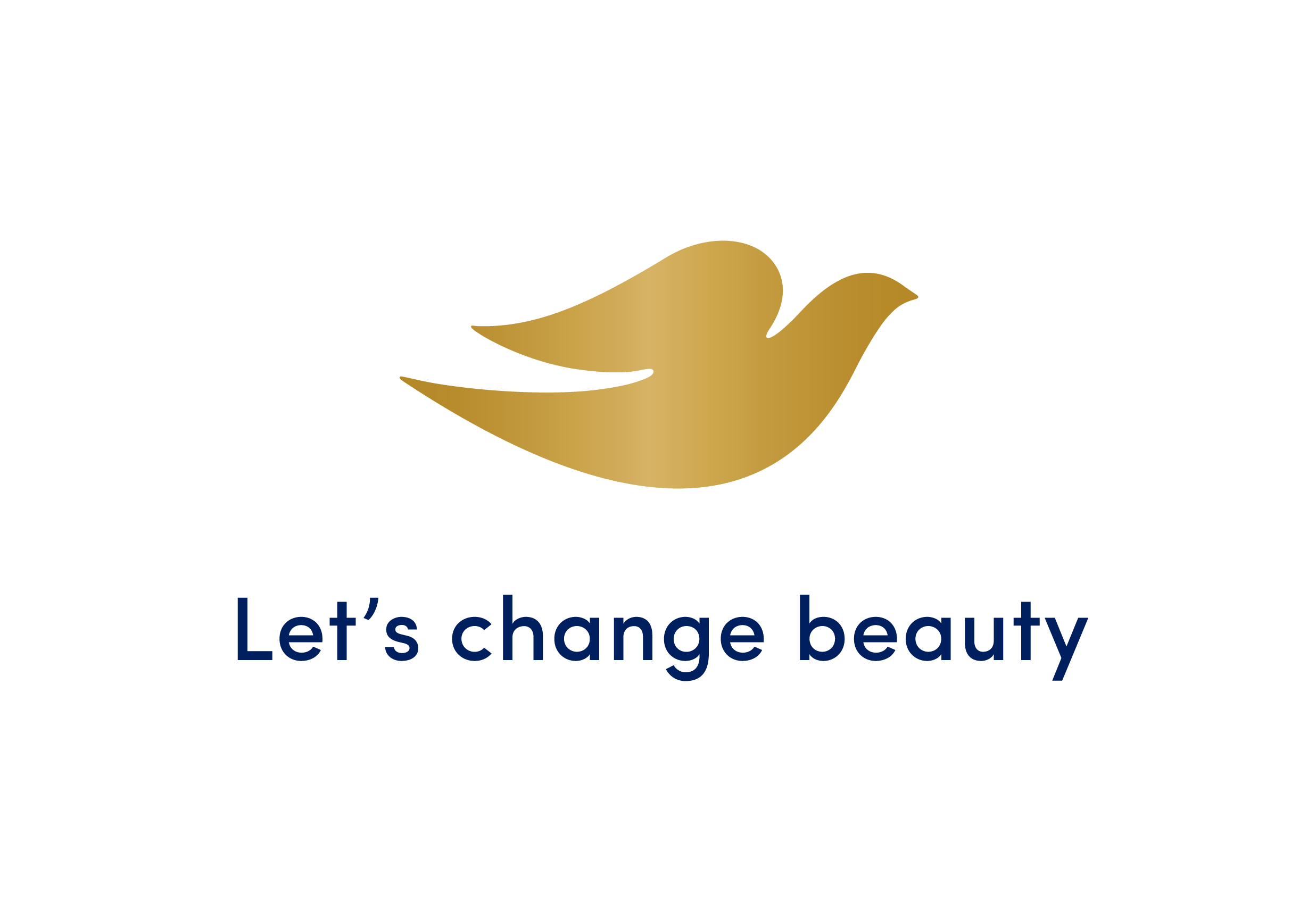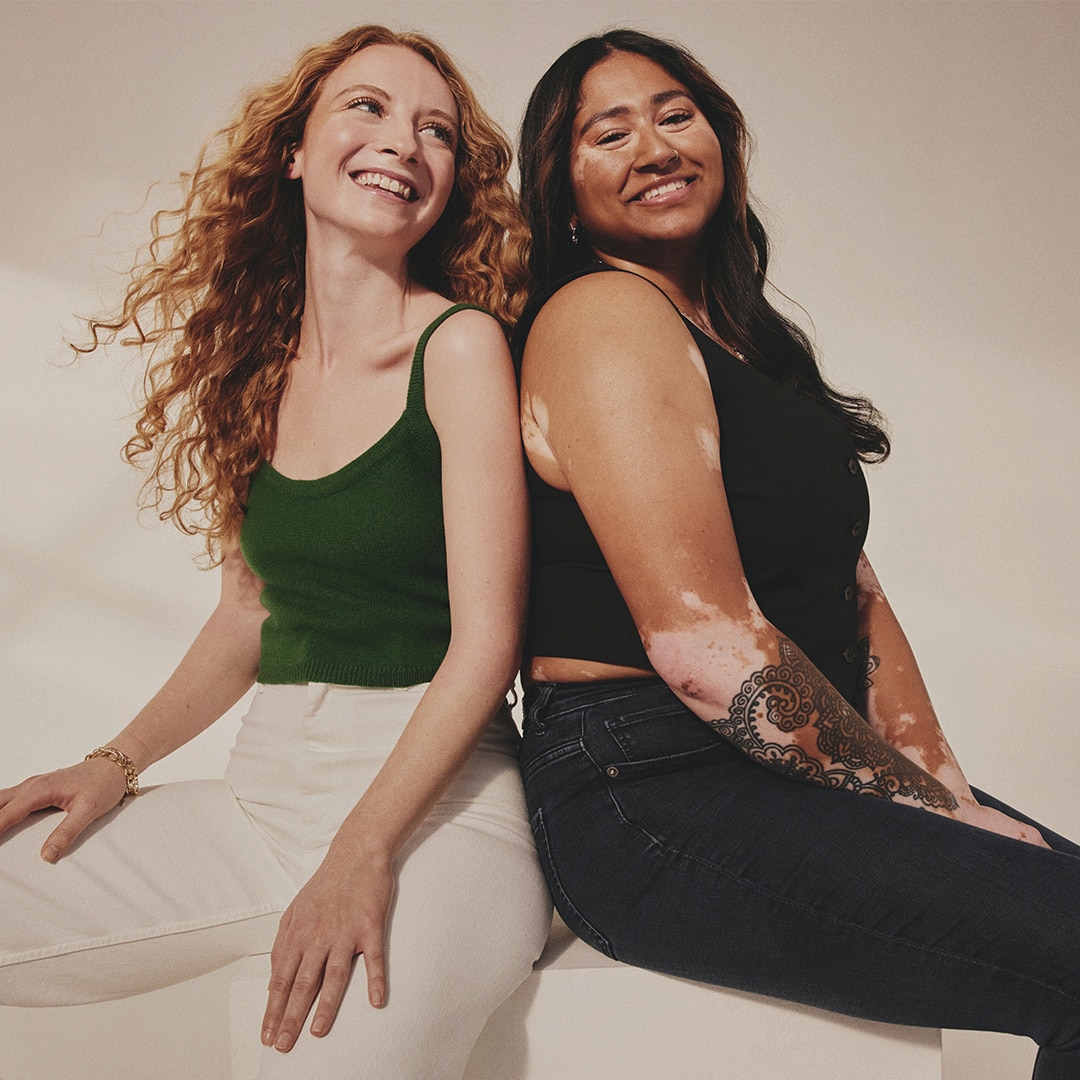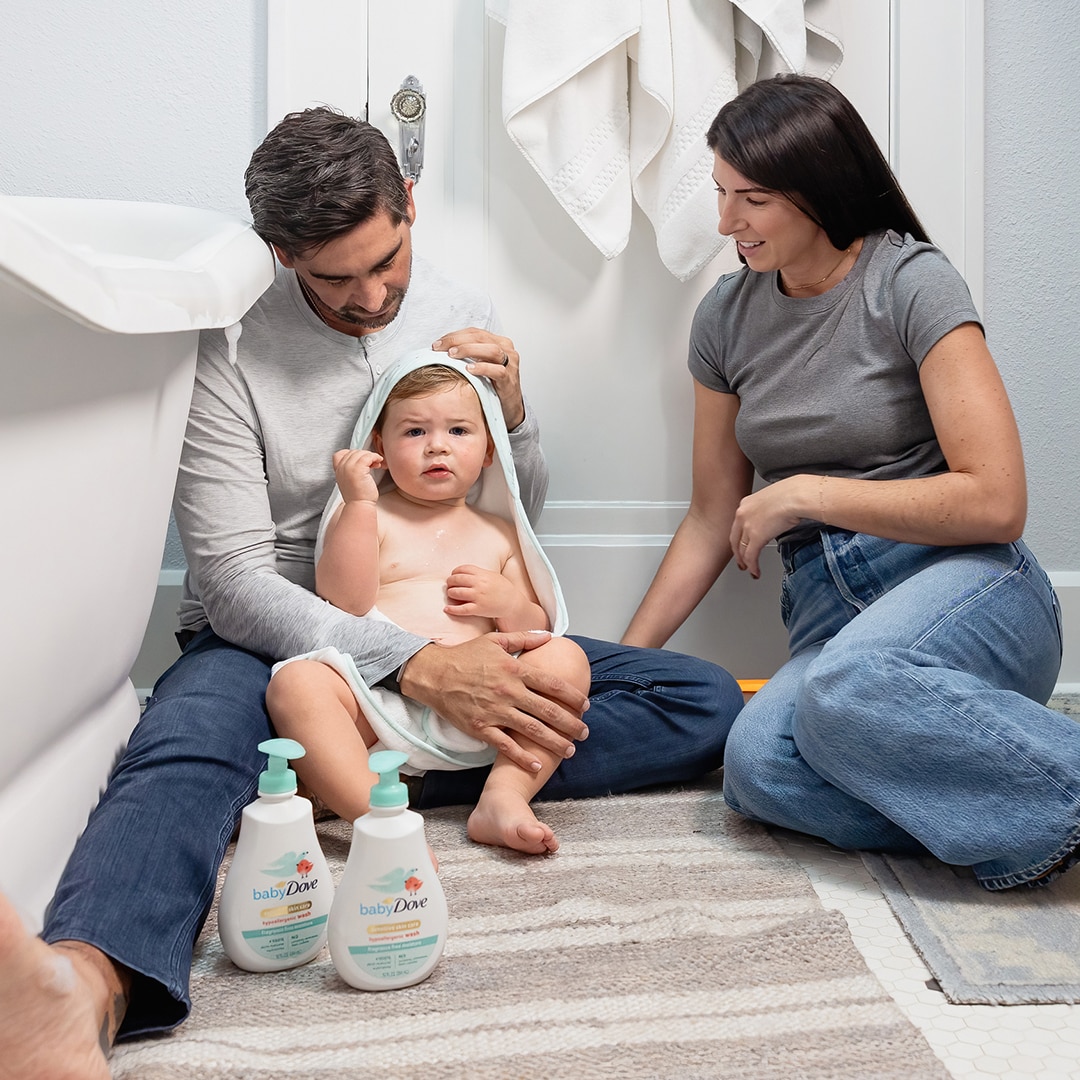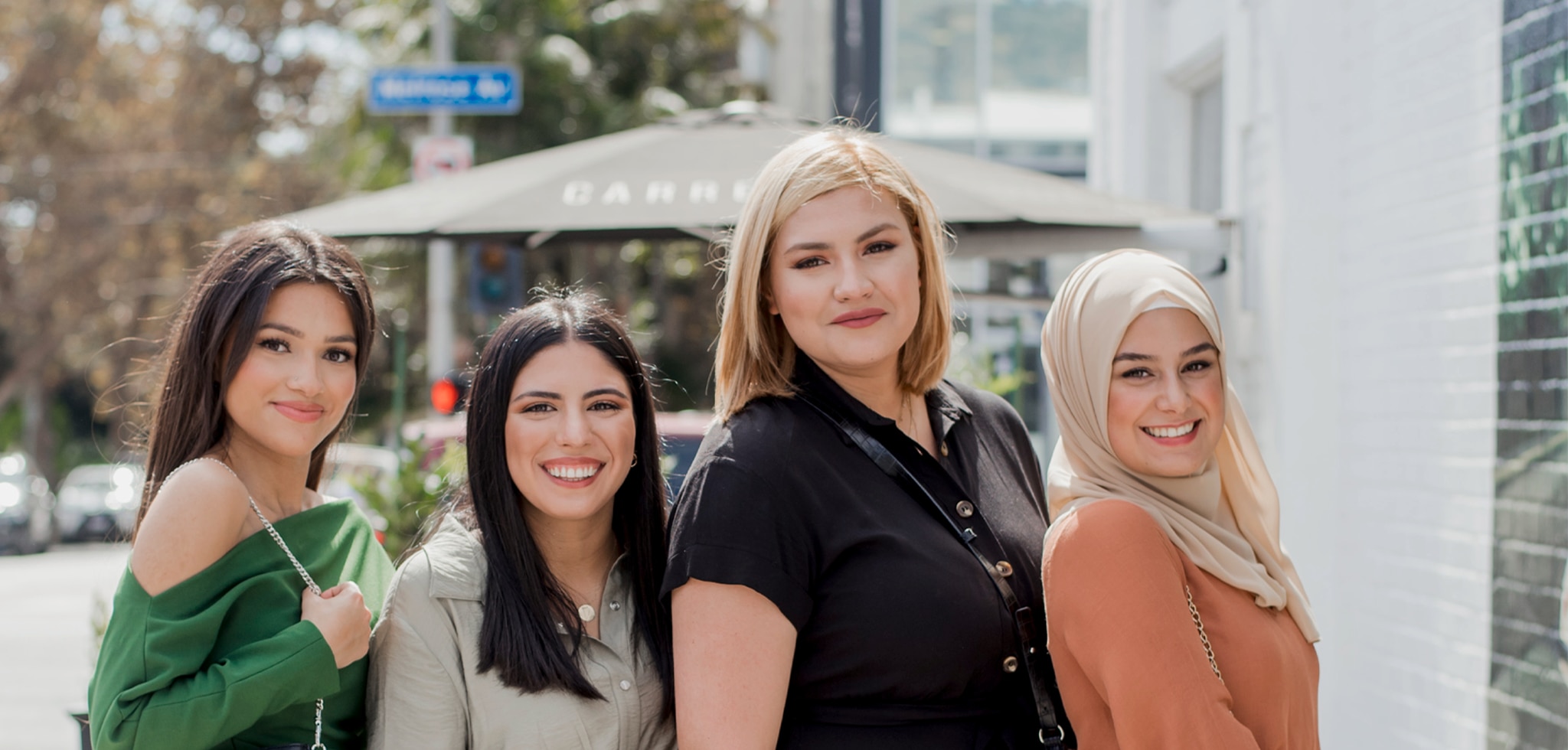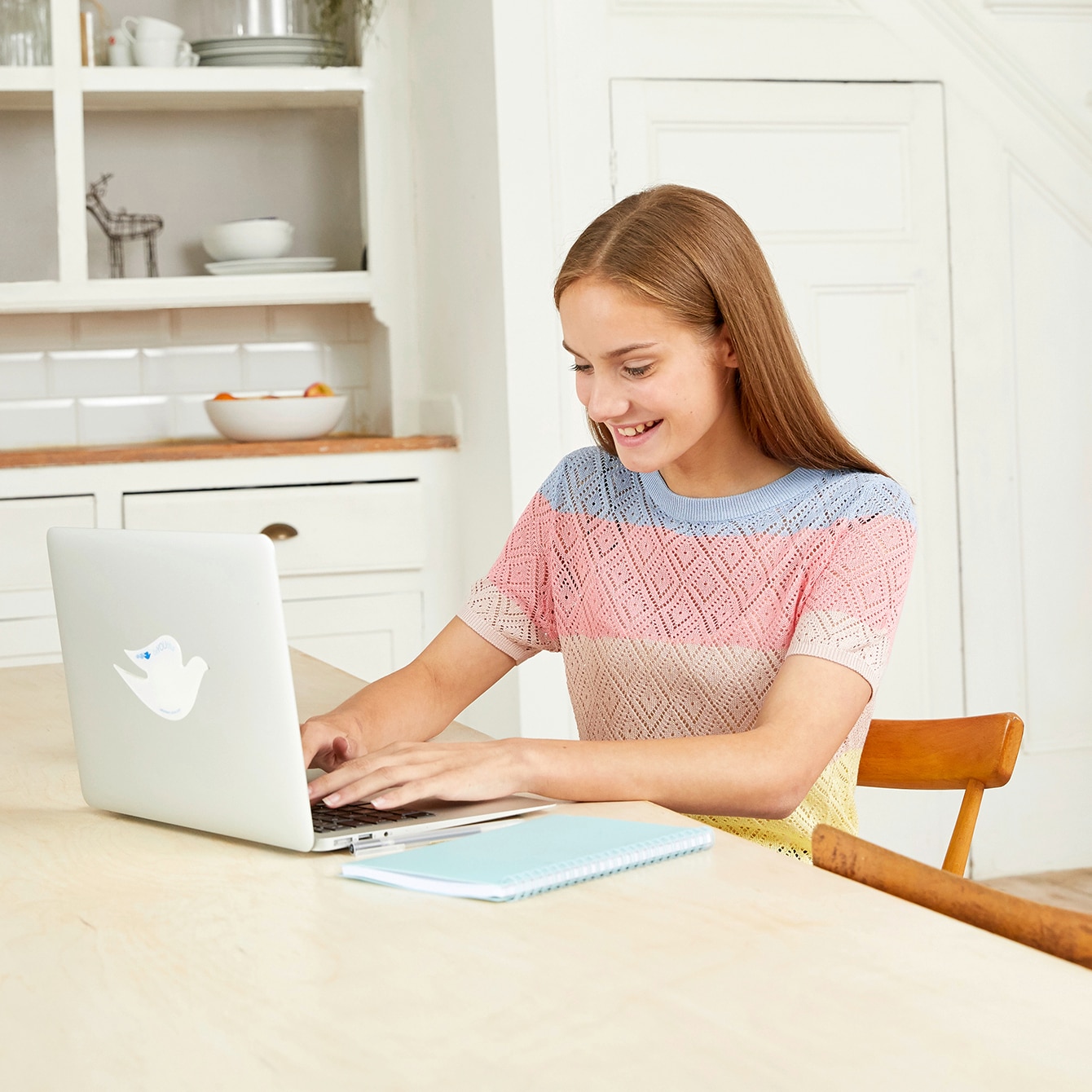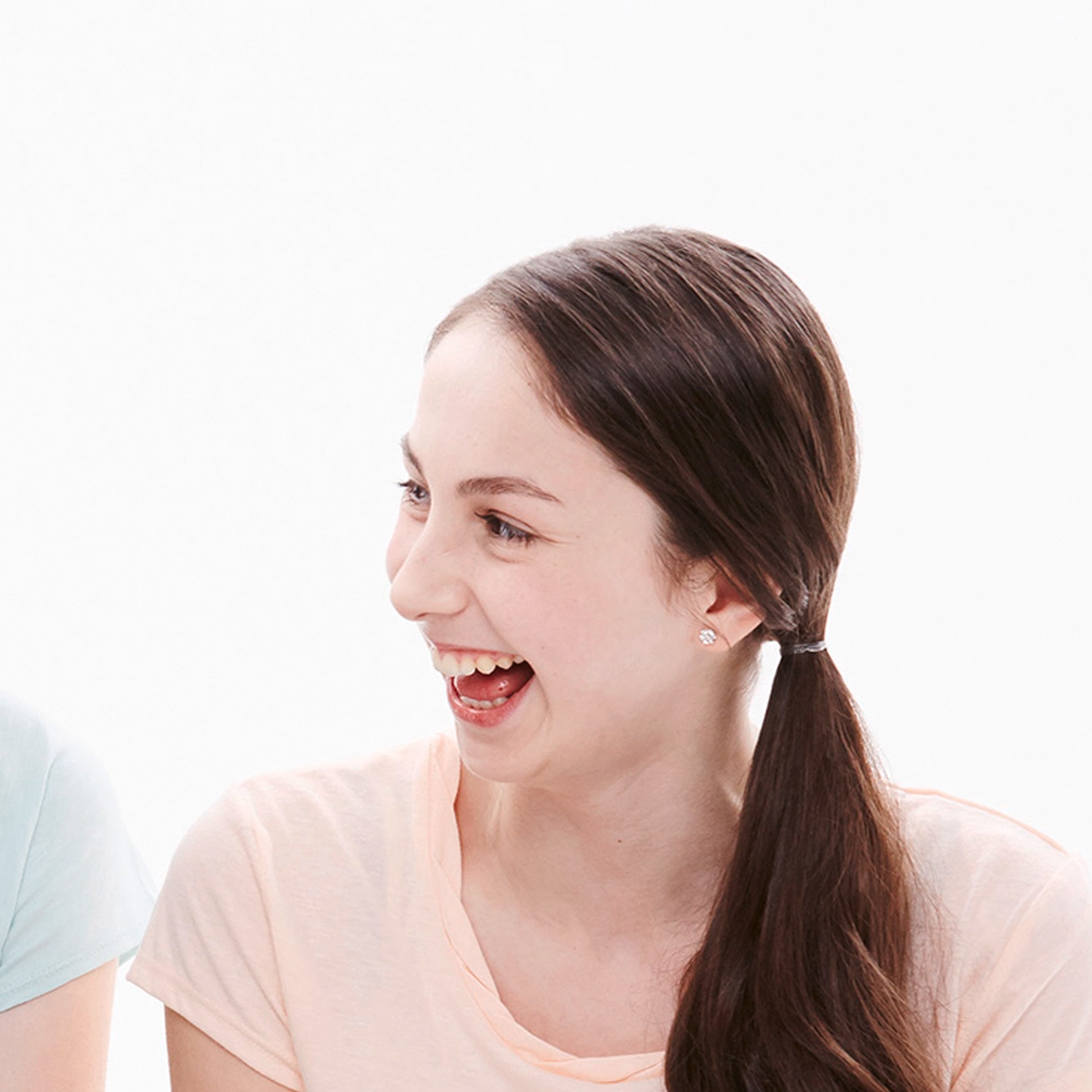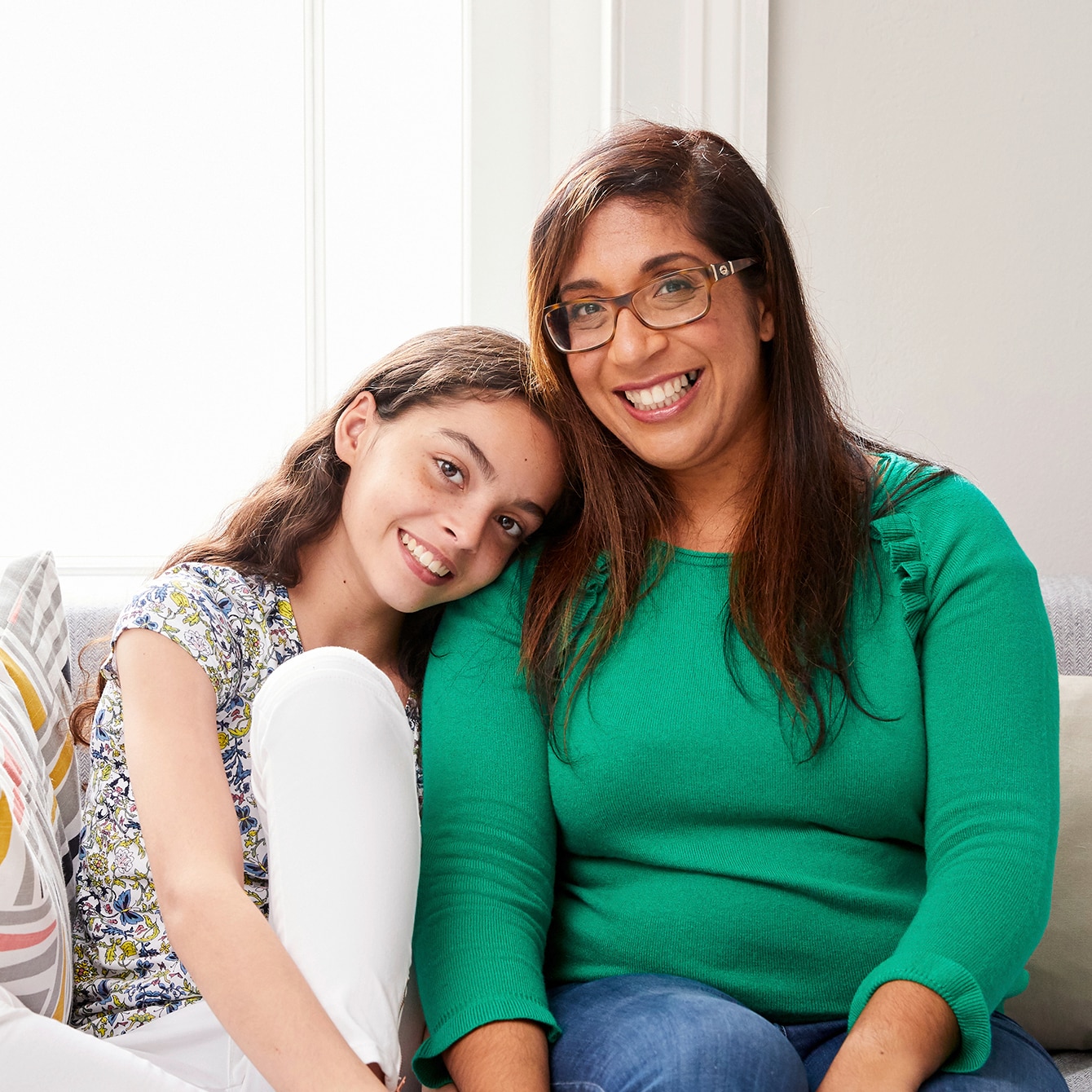Unrealistic beauty standards on social media are widespread. From Instagram to TikTok, what we see on our social feeds is rarely representative of how people really look, a fact that can be easy to forget. Digitally altered images, well-lit videos and face filters are the norm on social media, which means idealized bodies and faces are a standard by which many people measure themselves. While it may feel like harmless scrolling, we still absorb every image we see on social media. Here’s how unrealistic beauty standards on social media are impacting our collective self-esteem and what we can do about it.
The legacy of traditional media
Unrealistic body standards in media are sadly nothing new. From the hourglass figure with a tiny waist that women aspired to during Hollywood’s golden age to the ‘boyish’ skinny figure that was idealized during the 1960s, film and TV has always affected our self-esteem and body confidence by creating a culture of comparison. Research on the TV show Friends, for example, reveals that watching a ten-minute segment of the show has a negative effect on how satisfied young women are with their appearance. The study suggests that “one reason for this may be the very small number of women of average or above-average weight found on TV”.
While social media has certainly increased the diverse and inclusive images we consume on a daily basis, the combination of clever editing and posing, filters and the expectation of always looking polished has unfortunately cemented the link between social media and unrealistic beauty standards. So what can we do to ensure our sense of worth and self esteem stay intact when engaging with social media?
Target toxic beauty advice
The way we use social media, rather than social media itself, is what affects our self esteem. So be very aware of how you’re spending your time on social platforms, and encourage your children and teenagers to do the same. Identifying toxic beauty advice is a great first step to combating any negative impact social media may be having on you or loved ones. In March 2022 a report by the Dove Self-Esteem Project asked more than 1,000 girls aged 10-17 about beauty standards on social media. 1 in 2 girls said toxic beauty advice on social media causes low self-esteem.
According to the Dove Self-Esteem Project report, “Toxic beauty advice normalizes unrealistic beauty standards, promotes potentially harmful beauty practices and suggests the key to self-worth and success is physical ‘perfection".
A helpful first step is to learn about how social media can influence body image. Secondly, clean up your feed and be strict about unfollowing accounts and posts that normalize unrealistic beauty standards. Even if you’re not totally sure what makes a post feel unrealistic, err on the side of caution and unfollow any accounts that make you feel bad for any reason. You can always use the mute button if the person you want to unfollow is a friend – if their posts make you feel bad about yourself or the way you look, you simply don’t need to engage.
Hashtags like #Fitspo, which can be great if you’re looking for new workout ideas, can also tip into risky territory, as it can also be associated with diet programs and supplements. The hashtag #Thinspo (which often shows images of extremely thin bodies or shares quotes discouraging eating or promoting cosmetic surgery) is one to avoid entirely, as it can be incredibly damaging to self-worth.
Practice social self-love
While 56% of girls say they can’t live up to the beauty standards projected on social media, it’s worth remembering that unrealistic beauty standards aren’t the only thing you’ll find on social media. You can engage with thousands and thousands of accounts that celebrate diversity when it comes to body image and those that champion women. Seek out posts and people who take part in hobbies or activities you’re interested in – from pottery to stand-up comedy – and fill your feed with content that fills up your self-esteem cup.
